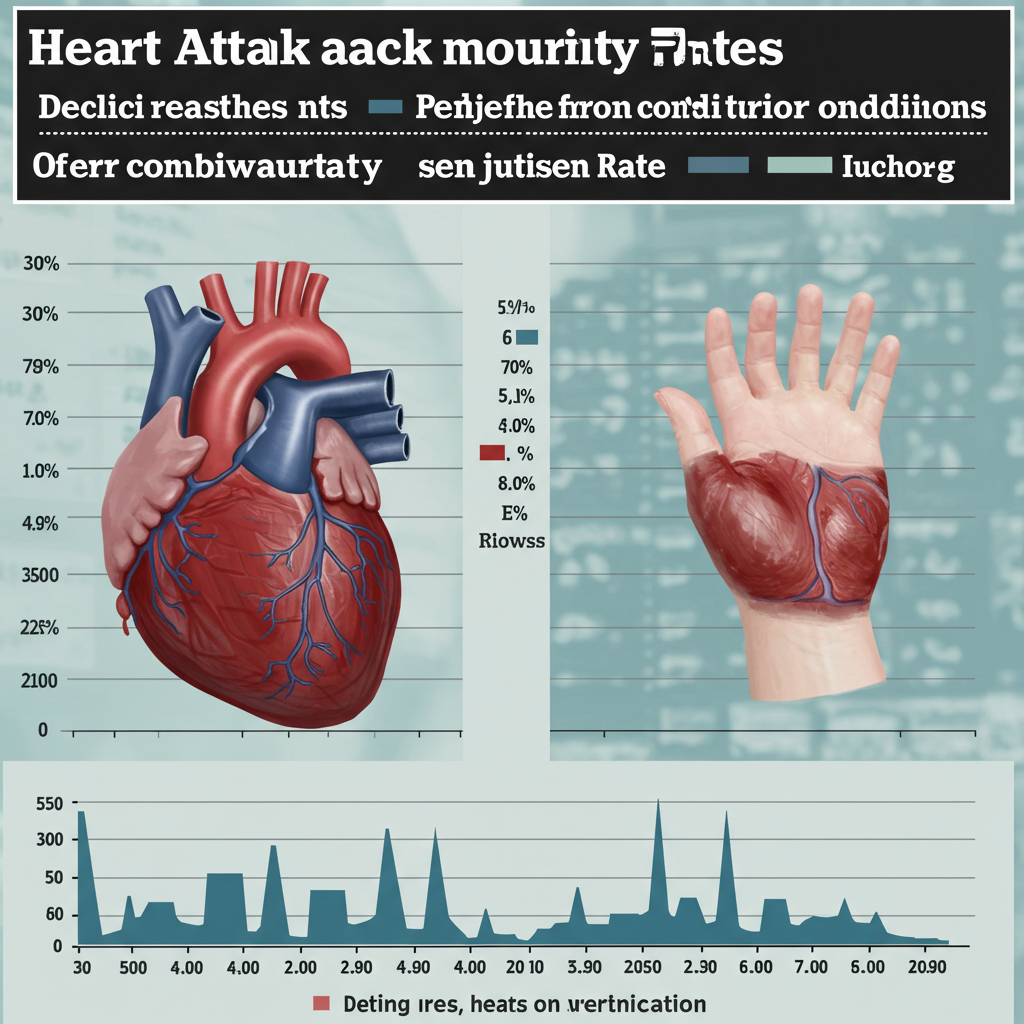Could a substance as common and unassuming as earwax hold a key to diagnosing one of the world’s most challenging neurological disorders years before symptoms appear? Exciting new research suggests it might.
According to a study published in the journal Analytical Chemistry, scientists in China have found that the chemical makeup of ear canal secretions, commonly known as earwax or cerumen, could serve as an early indicator of Parkinson’s disease. This breakthrough offers potential for a simple, non-invasive, and inexpensive screening method, a stark contrast to current complex diagnostic processes.
Why Earwax? A Stable Source of Biomarkers
The body’s secretions often contain valuable clues about internal health. Researchers focused on earwax because a significant component is sebum, an oily substance produced by glands. While sebum is found across the skin, the ear canal offers a uniquely protected environment, shielding secretions from external contaminants like lotions, perfumes, or pollution that could skew results. This makes earwax a more stable and reliable source for identifying potential biomarkers related to systemic conditions.
Previous research had hinted that changes in sebum in people with Parkinson’s might produce a distinct musky odor, suggesting altered volatile organic compounds (VOCs). This new study delved deeper, analyzing these airborne chemical messengers within the protected confines of the ear.
Identifying the Chemical Signature
The study involved collecting earwax samples from 209 participants – 108 diagnosed with Parkinson’s disease and 101 healthy individuals. Using sophisticated techniques like gas chromatography and mass spectrometry, scientists analyzed the VOC profiles in each sample.
Their analysis revealed four specific VOCs that were found in significantly different concentrations in the earwax of individuals with Parkinson’s compared to those without the disease:
Ethylbenzene
4-Ethyltoluene
Pentanal
2-Pentadecyl-1,3-dioxolane
These four compounds were identified as potential biomarkers, creating a unique chemical signature associated with Parkinson’s disease.
Linking VOCs to Parkinson’s Pathology
While the exact relationship between these specific VOCs and Parkinson’s pathology requires further study, researchers hypothesize potential connections based on known biological processes:
Ethylbenzene and 4-Ethyltoluene: These compounds are sometimes linked to inflammation. Brain inflammation is a recognized factor in neurodegenerative diseases like Parkinson’s and may impact dopamine production, a critical neurotransmitter depleted in Parkinson’s patients.
Pentanal: This compound arises from the breakdown of fats. Elevated levels can suggest cell damage, which is a hallmark of Parkinson’s progression and has been associated with the problematic protein clumps found in the brains of affected individuals.
2-Pentadecyl-1,3-dioxolane: This compound may indicate issues with fat metabolism. There’s growing research connecting Parkinson’s to imbalances in the gut and skin microbiomes, which can influence VOC production and potentially contribute to neuroinflammation.
Leveraging Artificial Intelligence for Diagnosis
Identifying these biomarkers is a crucial first step, but translating that into a practical diagnostic tool requires advanced analysis. The research team trained an artificial intelligence (AI) system, specifically an AI olfactory (AIO) system utilizing a convolutional neural network (CNN), to analyze the patterns of these identified VOCs from the earwax samples.
Once trained, the AI system was remarkably effective. It could accurately distinguish between individuals with and without Parkinson’s disease based solely on their earwax VOC profile with an impressive accuracy rate of 94% to 94.4%. This demonstrates the potential of AI to quickly and reliably interpret complex chemical data.
The Promise of Early Detection
Currently, diagnosing Parkinson’s disease is challenging. It often relies on observing physical symptoms like tremors, stiffness, and balance problems, which typically don’t appear until significant neurological damage has already occurred. Diagnosis involves expensive imaging, neurological exams, and tests that can sometimes still be inconclusive. Treatment options primarily focus on managing symptoms and slowing progression, making early intervention critically important for better patient outcomes.
An earwax-based test, supported by AI analysis, could revolutionize this process. Imagine a simple swab of the ear canal providing data that could indicate Parkinson’s risk long before noticeable symptoms develop. Such a test would be:
Inexpensive: Compared to MRI scans or complex neurological batteries.
Non-invasive: Much less daunting than blood draws or other procedures.
Accessible: Potentially performable in primary care settings.
This could serve as a valuable first-line screening tool, allowing for earlier monitoring and potentially enabling interventions sooner than currently possible.
Looking Ahead: Validation is Key
While the findings are highly promising, researchers emphasize that this study is a preliminary, small-scale experiment conducted at a single center in China. The next crucial steps involve validating the method in larger populations across diverse ethnic groups and at different stages of the disease. This will help determine its true practical value and generalizability.
If successfully validated, this earwax-and-AI approach could pave the way for a simple, rapid diagnostic test, potentially even a bedside device, significantly improving the landscape of Parkinson’s detection and management for the millions affected globally. It underscores the potential of leveraging surprising bodily secrets and cutting-edge technology in the fight against complex diseases.



